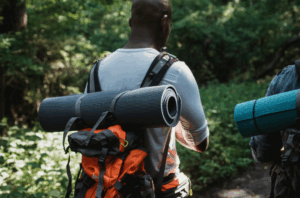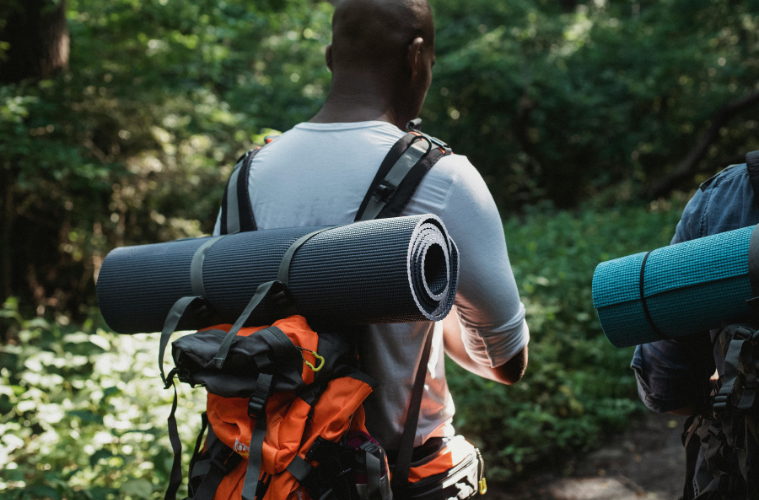
Choosing the right hiking gear is essential for a safe, comfortable, and enjoyable outdoor adventure. Whether you’re a beginner or an experienced hiker, having the appropriate equipment tailored to your hike’s length, terrain, and weather conditions can make all the difference. Here’s a comprehensive guide on how to select the right hiking gear.
Understand Your Hiking Needs
Before purchasing gear, consider the type of hike you plan to undertake:
- Day hikes require lighter, more compact gear.
- Multi-day hikes demand more robust, durable equipment with greater capacity.
- Terrain and climate also influence gear choice — wet, cold, or rugged environments require specialised items.
Assess the hike’s distance, duration, expected weather, and trail conditions to build a gear list suited to your specific adventure.
Choose the Right Footwear
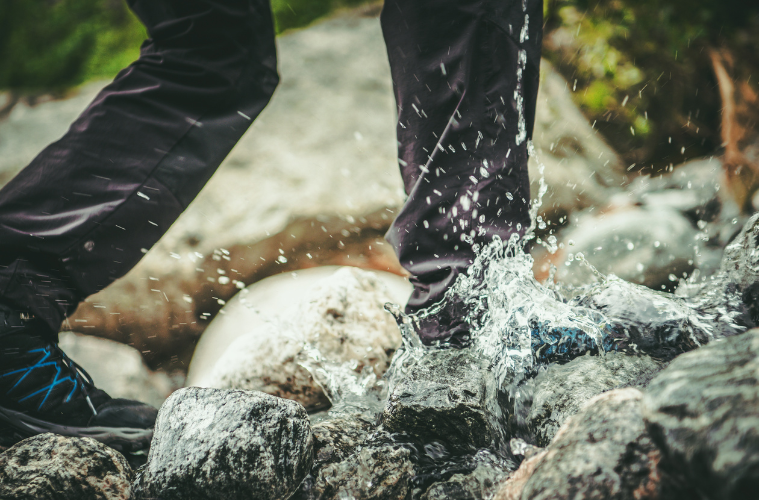
Footwear is arguably the most critical piece of hiking gear because it affects comfort and safety on the trail.
- Hiking boots provide ankle support and protection, ideal for longer or rough terrain hikes.
- Trail running shoes or lightweight hiking shoes are suitable for shorter, well-maintained trails.
- Look for shoes with a wide toe box for comfort, and consider sizing up slightly to accommodate foot swelling during hikes.
- Waterproof or water-resistant shoes are beneficial in wet conditions, but may reduce breathability.
- Don’t forget quality hiking socks made from moisture-wicking materials like merino wool to prevent blisters and keep feet dry.
Invest in a Good Backpack
Your backpack carries all your essentials, so fit and capacity are crucial.
- For day hikes, a pack between 10 and 20 litres is usually sufficient; for longer hikes, 25 to 35 litres or more may be needed.
- Look for padded shoulder straps, a waist belt to distribute weight, and breathable back panels to reduce sweat.
- Consider features like hydration compatibility and multiple compartments for organisation.
Dress in Layers
Clothing should be functional, comfortable, and adaptable to changing weather.
- Base layers made from moisture-wicking materials such as polyester, nylon, or merino wool keep sweat off your skin and dry quickly.
- Insulating mid-layers like fleece or lightweight down provide warmth.
- Outer layers should be waterproof and windproof shells to protect against rain and wind.
- Convertible pants and breathable hoodies are versatile choices for varying temperatures and trail conditions.
- Accessories like hats, beanies, visors, and gloves help regulate temperature and protect from the sun or cold.
Essential Accessories and Safety Gear
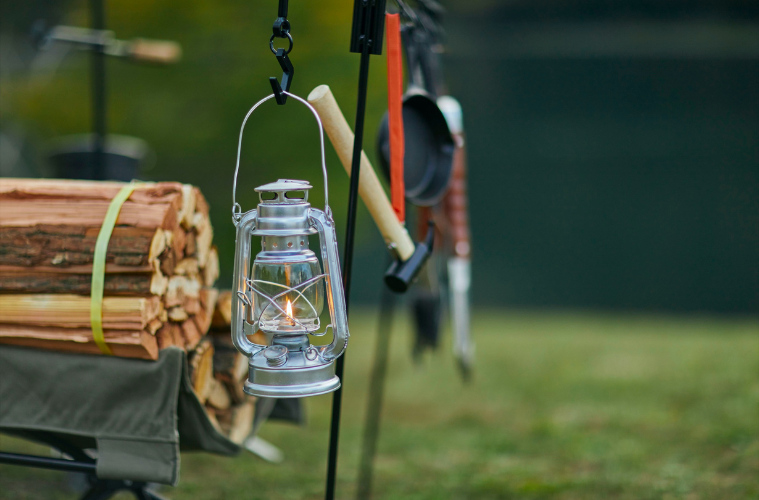
- Navigation tools such as a map, compass, or GPS device are vital for staying on track, especially on unfamiliar trails.
- A first-aid kit tailored for hiking emergencies is necessary.
- Carry a multi-tool or knife for gear repairs or food preparation.
- Sunglasses and sun protection prevent eye damage and sunburn during long exposure.
- A headlamp or flashlight is important if your hike might extend into dusk or dark.
- Consider trekking poles to reduce joint strain and improve stability on uneven terrain.
Food and Hydration
- Bring enough water and snacks to maintain energy levels.
- Hydration systems like water bottles or hydration bladders integrated into your pack are convenient.
- Pack easy-to-carry, high-energy foods and always carry extra food in case of emergencies.
Prioritise Comfort and Fit
- Comfort is key — ill-fitting gear can cause discomfort, blisters, or injury.
- Try on footwear and backpacks before purchase, and break them in with shorter hikes.
- Adjust your clothing layers and gear load to what feels best for your body and the hike’s demands.
Summary
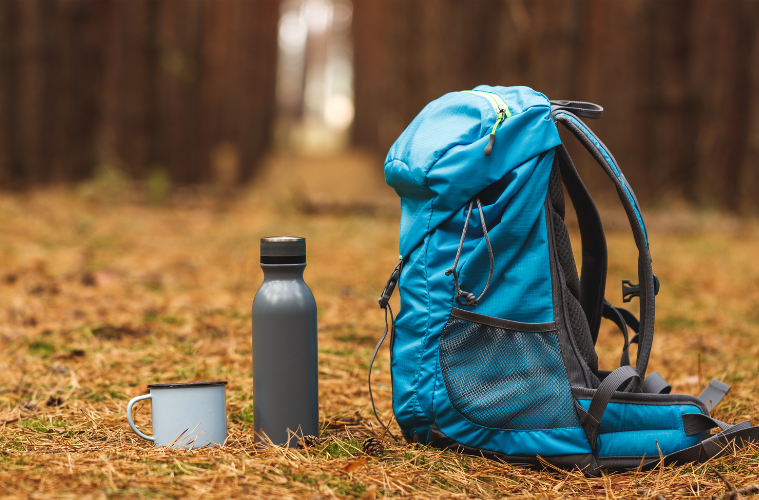
Choosing the right hiking gear is a balance of function, comfort, and preparedness. Start by understanding your hike’s requirements, then select footwear and clothing that protect and support you. Invest in a well-fitting backpack and carry essential safety and navigation tools. Don’t forget hydration, nutrition, and comfort accessories. With the right gear, you’ll enhance your hiking experience and be ready for the challenges of the trail.
By carefully selecting your hiking gear based on these principles, you ensure a safer, more enjoyable adventure every time you hit the trail.



